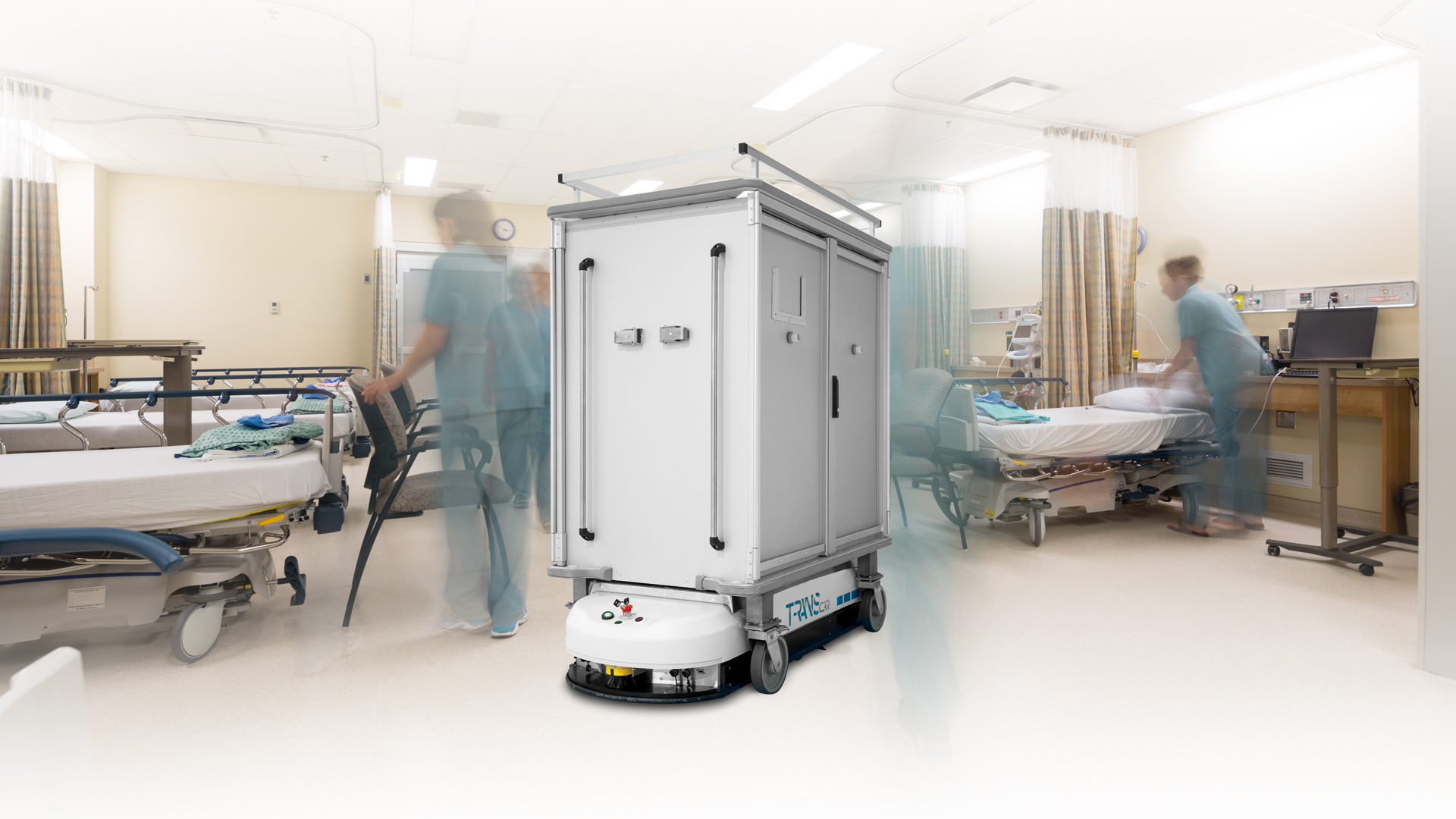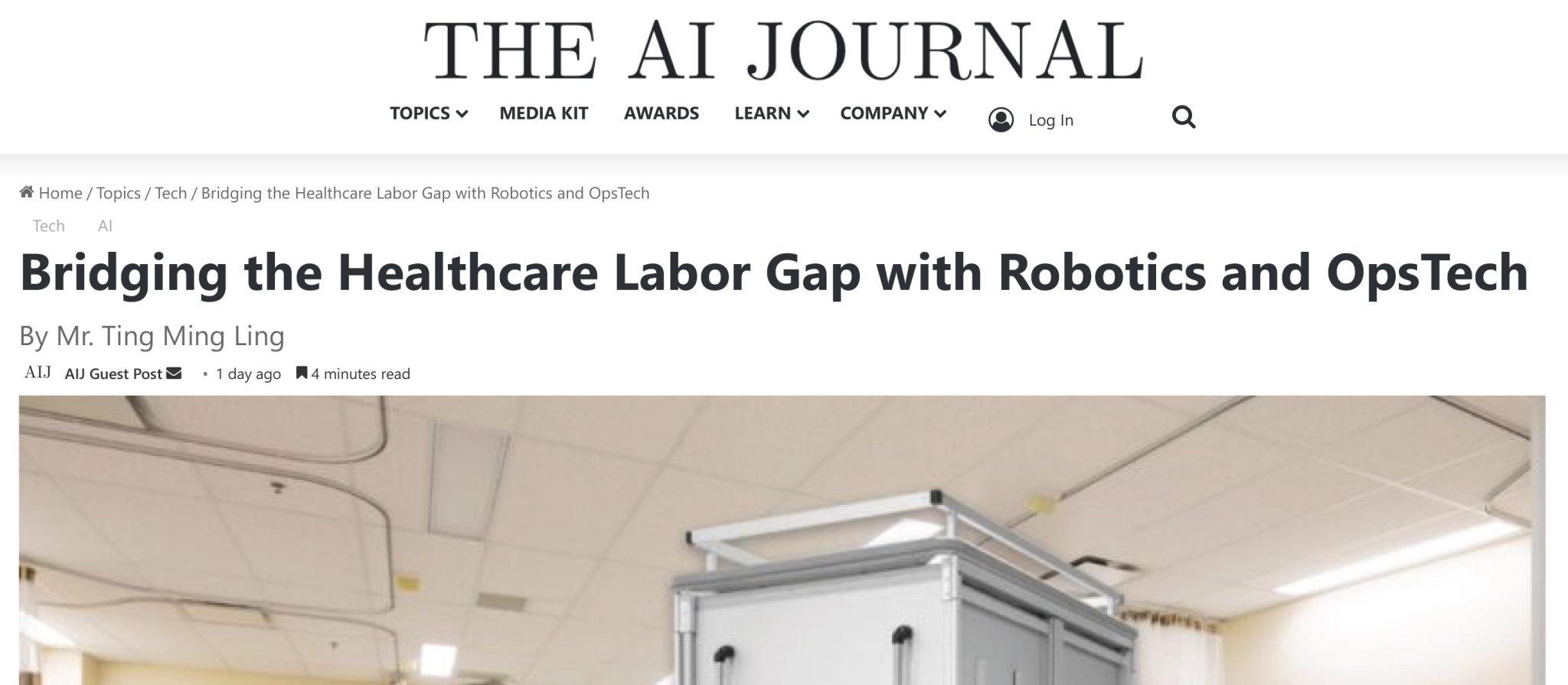Bridging the Healthcare Labor Gap with Robotics and OpsTech

The COVID-19 pandemic amplified long-standing strains in the healthcare system, exposing deep vulnerabilities in staffing and operations. Years later, systems continue to buckle under the weight of labor shortages, rising costs, and growing patient demand—particularly within an aging population. Healthcare professionals are contending with burnout, inefficiency, and the emotional toll of doing more with less, facing challenges that extend far beyond any single hospital or region. These pressures are not temporary. As patient needs increase and the workforce contracts, solutions like advanced Operations Technology (OpsTech) will be critical in streamlining processes and extending staff capacity, helping the sector adapt before it breaks under the weight of compounding demands.
The Current Staffing Landscape
According to the World Health Organization (WHO), the global shortage of health workers is expected to reach 10–11 million by 2030. In the United States, the strain is already visible. Labor costs have surged, with hospitals’ average expenses per patient climbing more than 20% since 2019, according to the American Hospital Association. These financial pressures are layered on top of an equally urgent human toll. Burnout remains rampant, with 2023 surveys showing that more than half of nurses feel emotionally drained several times a week. The WHO’s projections underscore a looming crisis: the demand for care is growing far faster than the supply of qualified professionals…

Singapore
OTSAW Digital Pte Ltd
OTSAW Swisslog Healthcare Robotics Pte Ltd
10 Tampines North Drive 4, #01-03
Singapore 528553
United States
OTSAW Digital Inc
Germany
OTSAW Swisslog Healthcare Robotics GmbH
© OTSAW Digital Pte Ltd
Privacy Policy

